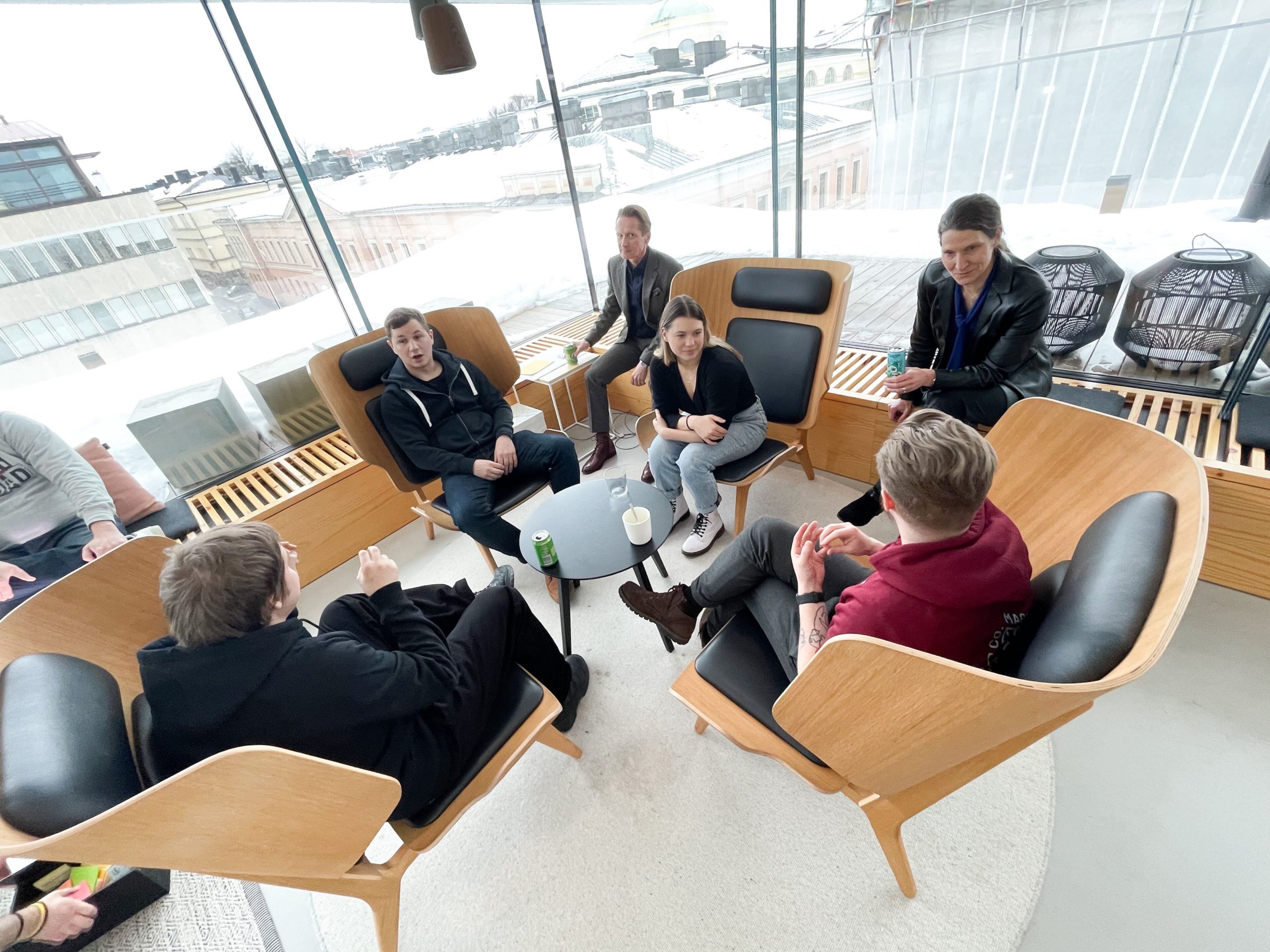There is a mayhem in the sales technology market – Freyja
From our blog / Article
”Even with good intentions, we may have released a monster when trying to meet transformed buying expectations.”
Author

A mayhem
If you ask me, there might be something severely broken in buying and selling. Expectations towards buying experience have transformed at an accelerated pace during the recent years. This applies not only to consumers’ but also to B2B buying. Naturally, sellers have tried to keep up with this trend through their digital sales transformations. Again, at an accelerated pace.
To help companies meet the new buying expectations, there is now an overwhelming amount of available solutions. It is not uncommon to see such estimates that there are over 1 000 sales technology solutions. And the number doesn’t even include marketing technology solutions.
”A mayhem” is how Gartner in 2021 described the sales technology market situation. And still, when the year 2022 is soon coming to the end, I kinda still agree.
I can’t help myself but ask if the seemingly increasing cost and added complexity of the sales technology stack is returning the expected value?
Has the sales technology market made selling more difficult?
There’s a high demand for sales technology software tools. According to Forbes, investors have poured over 5B$ as investments to over 1 400 AI fueled sales and technology companies. It’s not that surprising if the number is reflected against Gartner’s finding: 88% of Chief Sales Officers have already adopted or are considering adopting these technologies.
In 2021, the Sales Hacker website (powered by Outreach, one of the recent Sales Technology unicorns) published their State of Sales Tech study. It revealed that a significant number of companies were planning to adopt various sales technology solutions. In the study there was a quote that particularly caught my attention:
“Although 60% of respondents rated the ROI for CRM as high or very high, lack of seller adoption has caused significant information gaps and data inaccuracies in CRM systems leading to disjointed customer experiences, an inability to derive insights, and poor visibility into pipelines and forecasts.”
This sounds a bit of a dilemma for companies and especially for CSO’s. Due to the added complexity of the sales technology stack, it seems that it’s getting harder day-by-day to understand if the sales technologies are making selling easier or more difficult.

Has the sales technology market made buying more difficult?
Even with good intentions, we may have released a monster when trying to meet the transformed buying needs. Let me explain.
The increase in sales and marketing technology offering has simultaneously created a boom of low cost and even free solutions. In practice, there aren’t any entry barriers for marketing and selling. This has resulted in a noisy market, and that introduces one particularly nasty buyer symptom for the seller – choice fatigue. Therefore, buyers have started to protect their ears, eyes and minds from the noise.
Among lower entry barriers, various tactics of ”do this and that to get more [insert your goal here]” as silver bullets seem to have followed. These are often marketed as best practices, especially for creating marketing and sales content. As a result, more and more of the noise sounds and seems the same. It makes it difficult for buyers to recognize differences between sellers.
Sellers’ challenges of adopting tools and the noise often results in disjointed customer experiences. One could say, there’s a bit of an irony in this all. As a result, buying is, if not more difficult, then at least more exhausting and mentally draining than before.

How to overcome this?
By an accident, I noticed that when talking about buying friction, the discussion often resulted in enabling people proactively to find context for their sales capability bottlenecks. For example: ”Our website introduces buying friction as our potential and existing customers are not able to trust that they will find relevant information easily. That got me thinking, if this could happen in other channels too. And how do we know what is relevant information?”
That’s how an idea for a buying friction test was born. The test is about a dead-simple but highly contextual set of claims. The answers reflect how well the current sales capabilities are able to achieve the claimed outcomes. The end result, a buying friction score, aims at revealing an actionable and comparable guide for how to close the gap in between revenue driving technologies, customer expectations and strategy.
Currently, I’m researching and further developing the test as my ”Sales MBA” thesis topic. There’s still quite a bit of work to do but the early indications are that there might be something added value in it.
In the next post, I’ll open up more thoughts behind the current test setting and the possible future scenarios for it.So follow around and join the discussion. In the meanwhile, you can try the current version of the test for free.
About Freyja
Freyja is a digital growth consultancy that combines business understanding with the ability to execute change through technology, data and marketing.
About the Author
MORE ON THE SAME ISSUE
Want to know more?
Connect with us.





